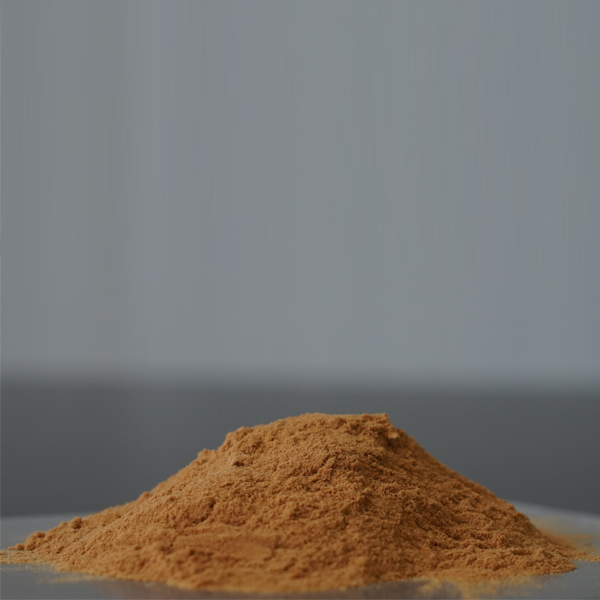
News
Rgp . 01, 2024 04:21 Back to list
Exploring the Design and Applications of Tailored Amino Acid Polymer Structures in Biotechnology
The Versatility of Custom Amino Acid Polymer Structures
The field of biomaterials has witnessed remarkable advancements, particularly in the development of custom amino acid polymer structures. These polymers, composed of amino acids—the building blocks of proteins—exhibit unique properties that make them indispensable in a diverse range of applications, from drug delivery systems to tissue engineering and beyond.
At the molecular level, amino acid polymers are formed through extensive linking of amino acids via peptide bonds, resulting in chains that can vary in length and composition. This versatility allows researchers to engineer polymers tailored to specific needs by varying the type and sequence of amino acids. Each amino acid brings its own characteristics; for example, hydrophobic amino acids can impart water-repellant properties, while hydrophilic ones enhance solubility. This tunability significantly expands the functional applications of these polymers.
One of the most promising applications of custom amino acid polymer structures lies in drug delivery systems. Traditional drug delivery methods often face challenges such as non-specific distribution and rapid degradation of therapeutic agents. However, amino acid-based polymers can be designed to encapsulate drugs, releasing them in a controlled manner over time. By adjusting the polymer's hydrophobicity or incorporating targeting ligands, researchers can direct the drug to specific tissues or cells, minimizing side effects and maximizing therapeutic efficacy.
In tissue engineering, custom amino acid polymers are emerging as scaffolds that can provide the necessary support for cell growth and tissue development. These polymers can mimic the natural extracellular matrix, facilitating cell attachment, proliferation, and differentiation. Furthermore, by incorporating bioactive peptides or growth factors into the polymer structure, researchers can enhance the scaffolds’ ability to promote tissue regeneration. Customization allows the fine-tuning of mechanical properties, degradation rates, and biological interactions, which are critical for the successful integration of engineered tissues into the body.
custom amino acid polymer structure

The use of custom amino acid polymer structures is not limited to medical applications; their potential extends into the realms of cosmetics and personal care products as well. For instance, amino acid-derived polymers can contribute to formulations that enhance skin hydration, improve elasticity, and provide anti-aging benefits. These polymers are biocompatible and can serve as effective emulsifiers or stabilizers in cosmetic products, offering a natural alternative to synthetic chemicals.
The environmental impact of materials is becoming increasingly crucial in product development. Custom amino acid polymers present an attractive solution, as they can often be derived from renewable resources and designed for biodegradability. This aligns with the growing demand for sustainable materials that reduce the ecological footprint, making amino acid-based polymers a favorable choice for environmentally conscious applications.
Moreover, recent advancements in synthetic strategies, including solid-phase peptide synthesis and genetic engineering, have streamlined the creation of these complex structures. The ability to produce large quantities of customized polymers efficiently opens new avenues for research and commercial applications, leading to the exploration of novel functionalities and hybrid materials.
In conclusion, the versatility of custom amino acid polymer structures holds immense potential across multiple domains. Their ability to be tailored for specific functions not only enhances their performance in traditional applications, such as drug delivery and tissue engineering but also paves the way for innovative solutions in cosmetics and sustainable materials. As research progresses and technologies evolve, the future of custom amino acid polymers seems promising, positioning them as crucial players in the development of next-generation biomaterials. Their impact will likely resonate across various industries, ultimately contributing to improved health outcomes and a more sustainable environment.
-
Polyaspartic Acid Salts in Agricultural Fertilizers: A Sustainable Solution
NewsJul.21,2025
-
OEM Chelating Agent Preservative Supplier & Manufacturer High-Quality Customized Solutions
NewsJul.08,2025
-
OEM Potassium Chelating Agent Manufacturer - Custom Potassium Oxalate & Citrate Solutions
NewsJul.08,2025
-
OEM Pentasodium DTPA Chelating Agent Supplier & Manufacturer High Purity & Cost-Effective Solutions
NewsJul.08,2025
-
High-Efficiency Chelated Trace Elements Fertilizer Bulk Supplier & Manufacturer Quotes
NewsJul.07,2025
-
High Quality K Formation for a Chelating Agent – Reliable Manufacturer & Supplier
NewsJul.07,2025
